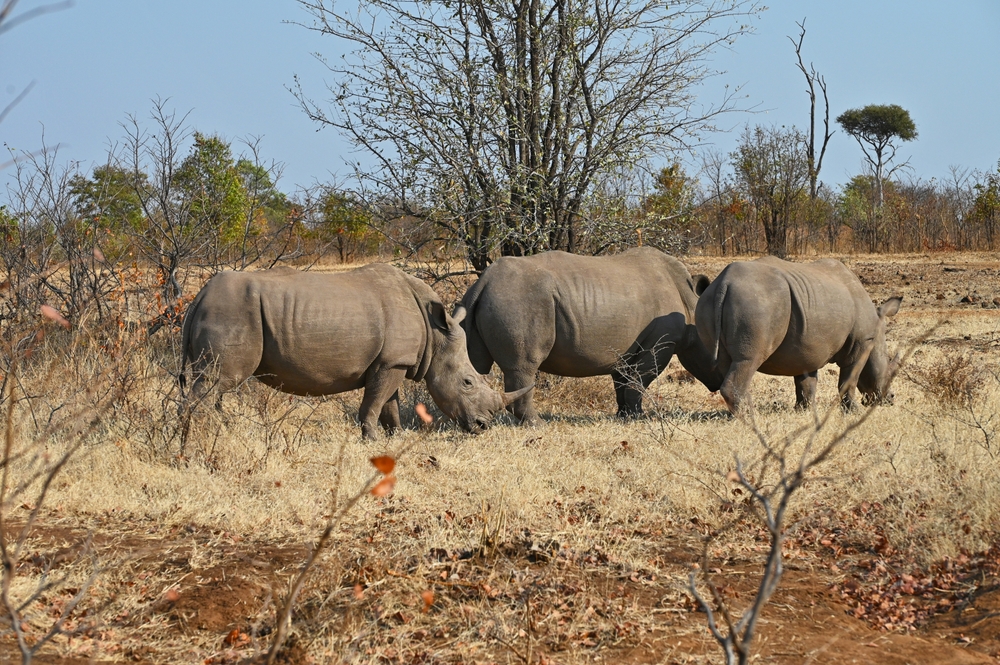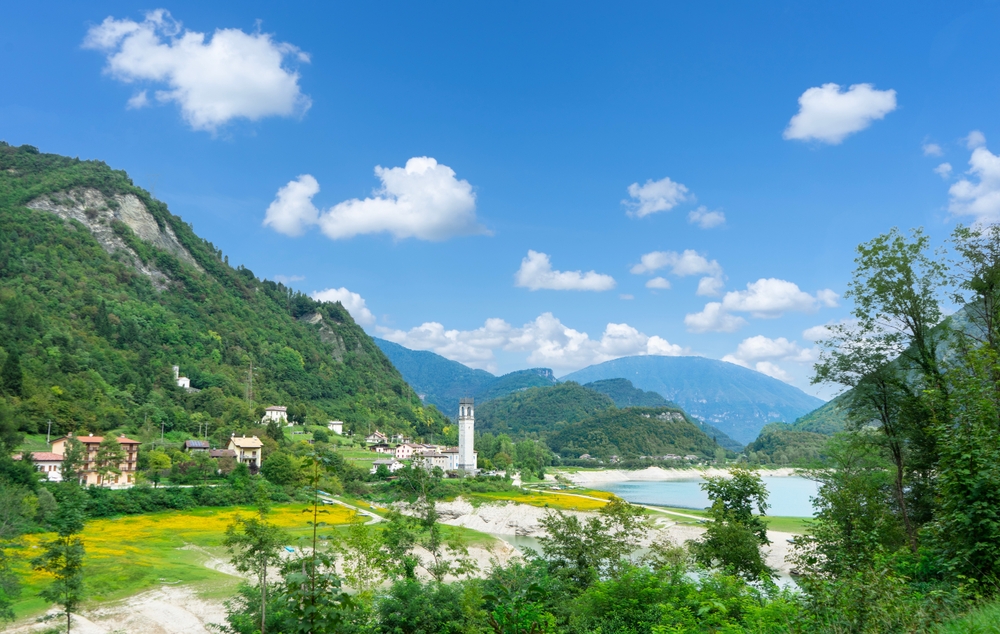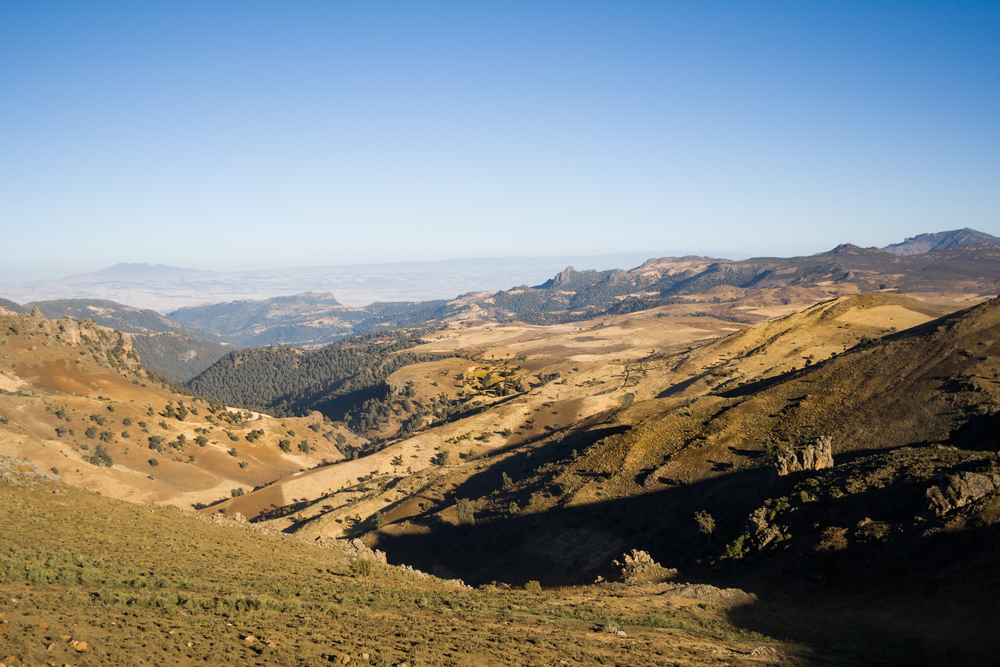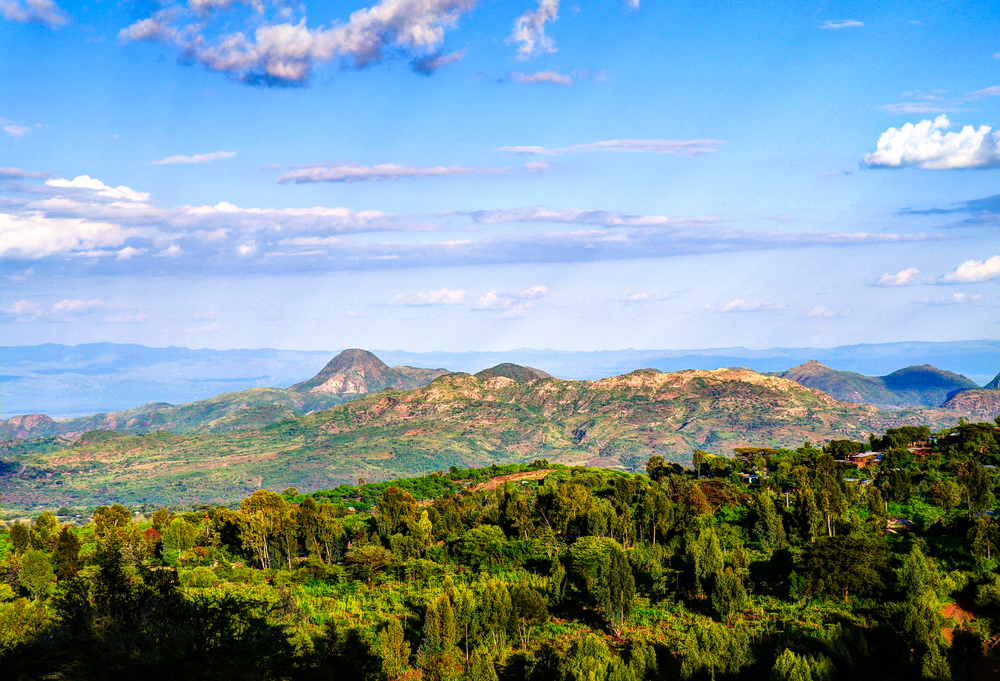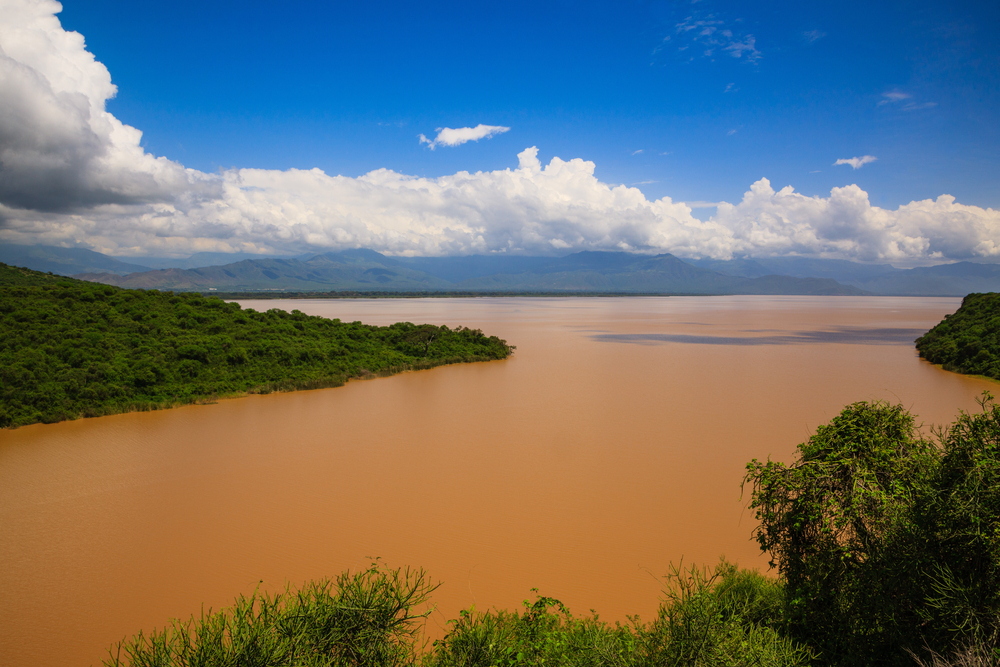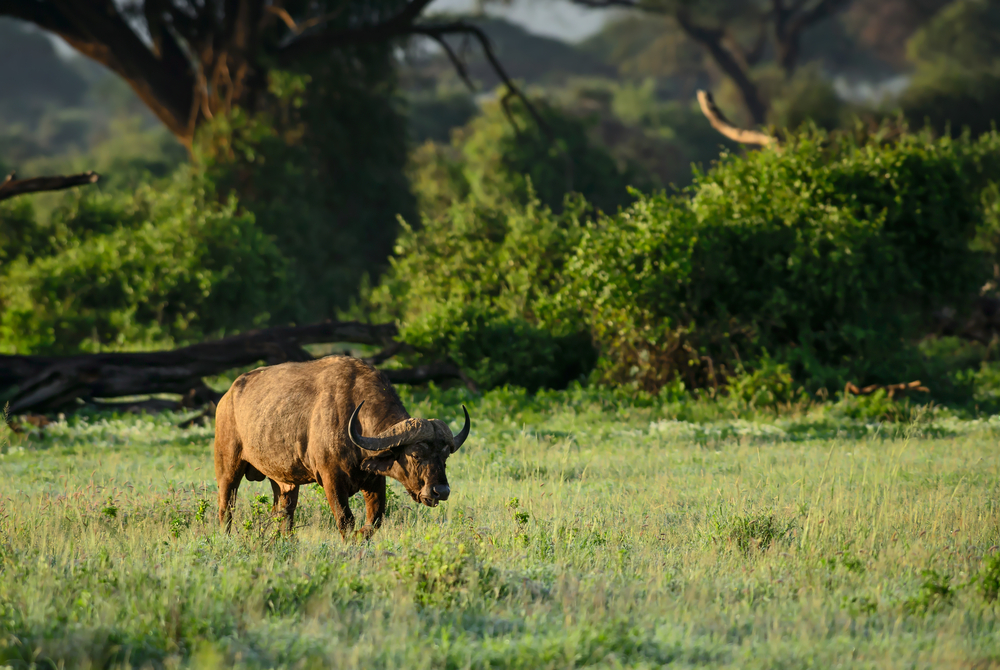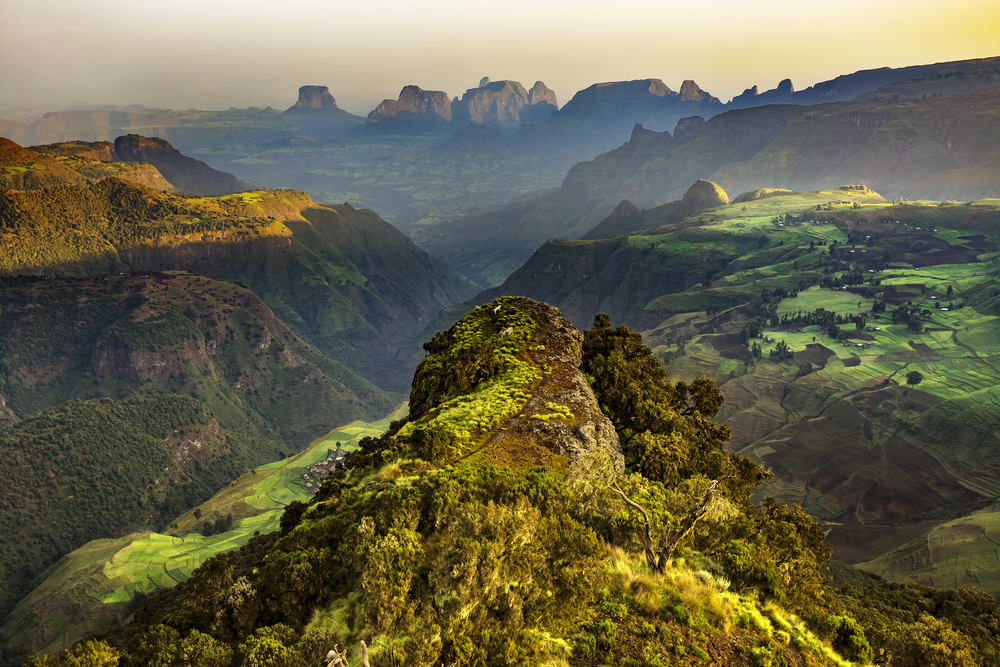Geralle Overview
Geralle National Park, located in the Somali Regional State of Ethiopia near the Kenyan border, is a lesser-known yet ecologically significant protected area. Locally referred to as “Geralle Natonal Park”, the park spans an area of approximately 3,000 square kilometers (1,158 square miles). Established to conserve the unique flora and fauna of Ethiopia’s lowland regions, the park showcases the rich biodiversity of the semi-arid and arid landscapes typical of the Horn of Africa.
The terrain of Geralle National Park is diverse, featuring rolling hills, expansive plains, and rocky outcrops. Interspersed with seasonal rivers and dry riverbeds, the park’s landscape transforms during the rainy season, when temporary water sources spring to life, supporting vegetation and wildlife. The dominant vegetation includes acacia woodlands, shrubs, and grasses adapted to the arid climate, with occasional patches of denser vegetation near water sources. The rugged beauty of the park is complemented by its remoteness, offering a sense of untouched wilderness.
Geralle National Park is home to a variety of wildlife, including several species adapted to arid environments. Large mammals such as Grevy’s zebras, oryxes, and gerenuks roam the plains, while predators like cheetahs and leopards maintain ecological balance. Smaller mammals such as dik-diks and warthogs are also common. Birdlife is abundant, with species such as Somali ostriches, secretary birds, and hornbills thriving in the open landscapes. Reptiles and amphibians, including monitor lizards and frogs, inhabit the park’s wetland areas during the rainy season.
Visitors to Geralle National Park can explore its natural beauty through guided safaris, which provide opportunities to observe wildlife in their natural habitats. Birdwatching is particularly rewarding due to the variety of endemic and migratory species. Hiking and trekking offer immersive experiences of the park’s rugged terrain and scenic vistas. Cultural interactions with local Somali communities add a unique dimension to the visit, offering insights into traditional practices and sustainable coexistence with the natural environment.
Despite its ecological importance, Geralle National Park faces significant conservation challenges. Habitat degradation due to overgrazing, human-wildlife conflict, and poaching threaten the park’s biodiversity. Limited infrastructure and funding for park management further complicate conservation efforts. The Ethiopian Wildlife Conservation Authority (EWCA), in collaboration with international and local organizations, is working to address these issues through habitat restoration, anti-poaching initiatives, and community engagement programs. Promoting eco-tourism is also a key strategy for generating revenue and raising awareness about the park’s value.
Geralle National Park is a hidden gem of Ethiopia’s natural heritage, offering a glimpse into the country’s lesser-explored arid landscapes and the unique species that inhabit them. Its vast terrain, diverse wildlife, and cultural significance make it a critical area for conservation and a promising destination for eco-tourism. Protecting this park ensures the preservation of its ecosystems and supports sustainable development for the surrounding communities.








































































